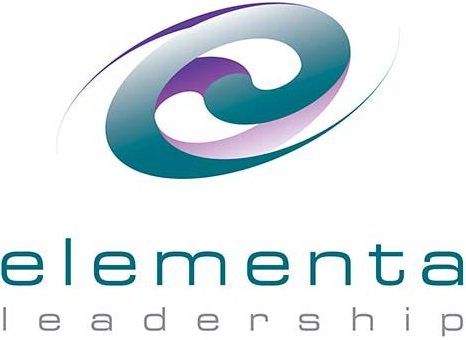In a period of significant turbulence and uncertainty it is understandably easy to reach for the ‘magic change bullet’. In the last fifty years or so we have seen the ebb and flow of a variety of ‘change panaceas’ (frequently informed by the principles of ‘Scientific Management’) dressed up as solutions that provide certainty in an uncertain world. That most organisational change initiatives still seem to fall short of expectations might suggest that the hype is more prominent than the sustainable benefits derived.
For me organisational change has less to do with particular change ideologies and approaches (although some specific methods might well be helpful) and much more to do with people. In the end it is the people in any organisation that will determine how successfully it can adapt to a challenging set of circumstances. Rather than starting from the perspective of implementing a particular change ideology we might better consider the specific context of the organisation and enlist the intellect, energy and commitment of its people in developing sustainable solutions.
From our work across different sectors over the last twenty-five years or so we have distilled ten key lessons (so far) about organisational change:
Be clear about the reason for improvement and change – Clarify the linkages to organisational purpose and strategic ambition. Clarify anticipated benefits to individuals, teams and the wider organisation. Above all make sure that you answer the ‘why’ question. Sometimes change will need to be implemented rapidly in response to crisis situations – in these circumstances make sure you clarify why you are going ‘tight’ (top down control) and clarify the areas where you still wish to be ‘loose’ (empowering people to solve complex challenges). Resist the temptation to go ‘tight’ on everything.
Engage through dialogue – Build energy and commitment through dialogue and genuine engagement. Put away the megaphone and listen more. Co-create the compelling improvement story (why the change is needed, how it will affect people, what will it look like, how people can get involved). Ensure that diverse voices are valued and heard.
Foster leadership at all levels – Enable leadership that mobilises trust, energy and commitment around a shared purpose to produce a coalition for improvement. Ensure that the top team is ready to play its part in developing leadership at all levels by creating and nurturing the space for others to take a lead. Quickly get the right voices around the right problem or dilemma. Use your power to create power in others. Treat people as adults by giving them full information, allowing them to also become strategic change agents.
Understand the system – Map patterns and interdependencies. Get deep understanding of the external environment, stakeholders and politics. Anticipate risks and consequences and clearly identify required improvement. Carefully calibrate each phase of change by really understanding the organisational state of change readiness being careful not to overwhelm and break the system (and its people). Foster psychological safety. Make internal and external boundaries more permeable.
Honour the past – Appreciate strengths and say what will change and what will represent continuity. Take the best of the past into the future. Build confidence. Resist the temptation to change everything all at once.
Challenge for the future – Challenge existing assumptions and mind sets as part of a process of unlearning and learning. Foster aspiration and pursuit of systemic excellence. Be prepared to leave the inhibiting and constraining elements of the past behind.
Co-create the roadmap – Develop a widely legitimised improvement road map based upon identifying a vital few improvement areas and themes. Find some early, quick wins. Promote collaboration and interdependent action. If you desire greater collaborative endeavour reward this and build it in to performance management systems.
Pilot, experiment and learn – Prior to any full scale implementation. Select pilot units or departments that are the most likely to succeed. Disseminate the learning from the pilots. Encourage, value and reward innovation.
Implement with clarity and capability – Use data and metrics to monitor the journey. Build and deploy an organisation wide change management capability to monitor, coach, enable and support the improvement effort. Listen carefully to people throughout the organisation to understand the lived experience of the change and keep asking for (and act upon) their ideas and suggestions.
Reflect, learn and adapt – Pause to reflect on progress and lack of progress. Learn quickly from the inevitable mistakes. Identify and confirm residual constraints, organisational blockages, unintended consequences and strengths. Take contingent action. Celebrate success.
by Richard Sharpe, Managing Director and Principal Consultant, Elementa Leadership

